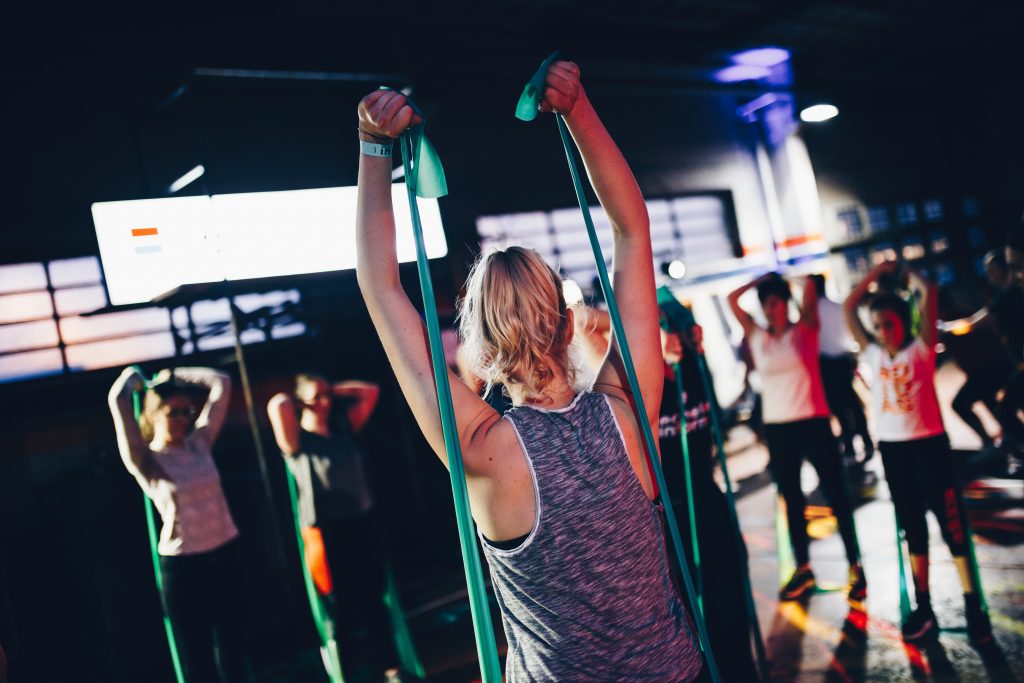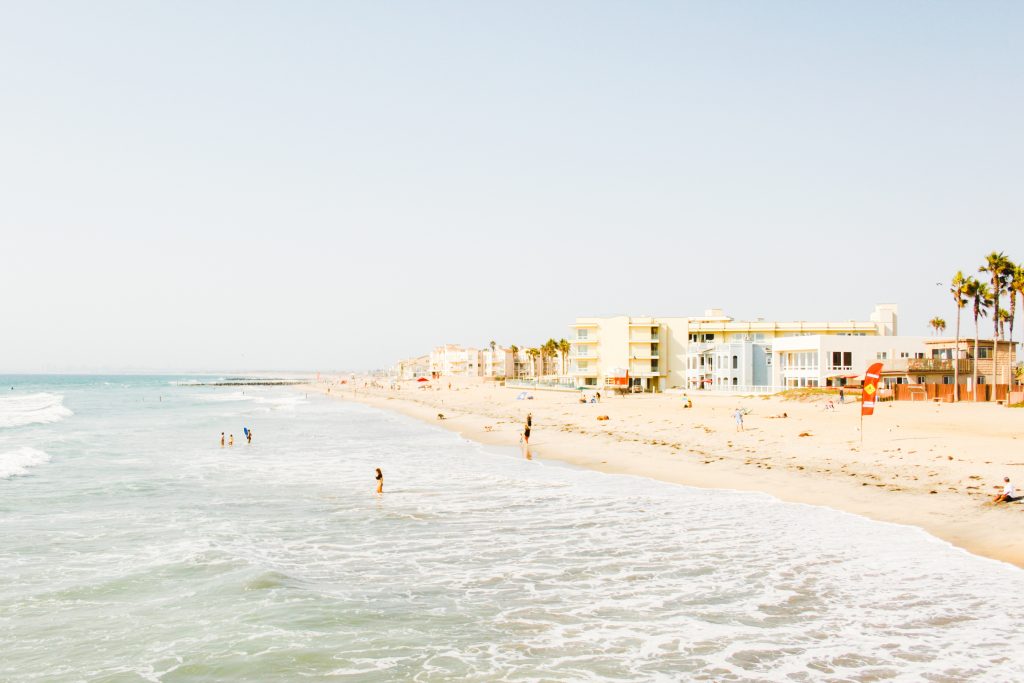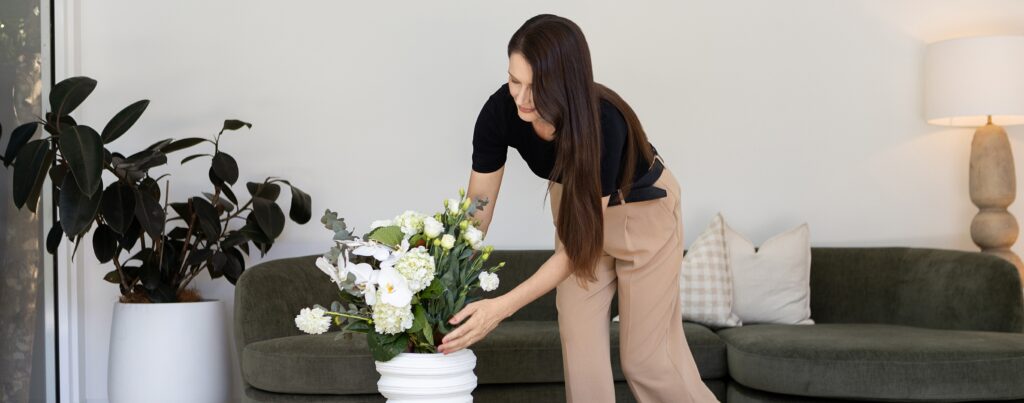Walk down any main street in Australia and you’re likely to notice a significant change to how commercial properties were just 10 years ago.
Gone are many of the clothing stores that traditionally dominated shopping strips.
They’ve been replaced by an explosion in the number of gyms, yoga studios, massage centres and other health-related service providers.
This trend isn’t unique to Australia.
Worldwide Trend
In the United States, it is estimated that there has been a 70% increase in the number of fitness centres leasing in malls in the last 5 years alone!
The increased number of health-related service providers is just part of the story. The other important trend is the size of these businesses. On average, the square-footage these businesses require has quadrupled since 2008!
New Shopping Habits
So, what happened to all the clothing stores?
Well, Australians still buy clothes, but the growth in this sector is very much focused on online shopping. The move to online retail means less demand for bricks and mortar clothing stores.
In Australia, online women’s clothing sales continue to surge with annual growth rates of 16.4%. With the industry thriving over the past five years, it is clear this trend has negatively affected traditional bricks-and-mortar stores.
 However, while online retailers benefit from a substantial shift in the way consumers purchase, it has left commercial real estate investors with a substantial challenge.
However, while online retailers benefit from a substantial shift in the way consumers purchase, it has left commercial real estate investors with a substantial challenge.
Landlords Meeting the Challenge
Commercial landlords in Australia need to find ‘internet-resistant’ tenants to ensure vacancy rates don’t rise. A rise in vacancy rates would negatively impact rental prices.
So far, vacancy rates in Australian shopping centres have been holding steady at around 3.6%, mainly due to the successful efforts of landlords to secure and retain tenants such as gyms and other health-related businesses.
“Landlords are acutely aware of the changes in the retail industry and the impact that it is having on retailer decision-making. Centre owners are taking a proactive approach to retailer engagement strategies to ensure occupancy rates are maintained,” according to JLL’s head of retail, property & asset management, Tony Doherty.
Health & Fitness in the Northern Beaches
According to Upstate’s Head of Commercial and Industrial Division, Vincent West, the Northern Beaches is ideally placed to benefit from the growth we are witnessing in health-related service providers.
Suburbs such as Avalon, Palm Beach, Newport and Bilgola are among Sydney’s best performers when it comes to fitness and tackling obesity. Given the outdoor lifestyle and endless world-class beaches, that really isn’t a surprise.

With the Northern Beaches population so committed to healthy living, it’s no wonder that health-related businesses are springing up all over the area in place of traditional retailers such as clothing stores.
“When one door closes, another opens. In this case, gyms, yoga, and Pilates studios are increasingly occupying strip retail outlets on the Northern Beaches. More residents are seeking additional ways to stay healthy, and the region’s collective health kick is fuelling demand from gyms and other fitness industry providers for retail space,” according to West.
How Can Upstate Help?
Whether you’re an existing investor in commercial real estate, or contemplating becoming one, it’s important to future-proof your investment against a rapidly changing retail sector.
Traditional bricks-and-mortar retail is on the decline as more people shop through the internet. However, those businesses providing their customers with a specialised service that cannot be offered online are growing strongly. In particular, we are seeing strong growth in health-related businesses.
With decades of local experience in the Northern Beaches, Upstate is ideally placed to help ensure your commercial property is leased to a viable, long-term tenant. Contact us today!






